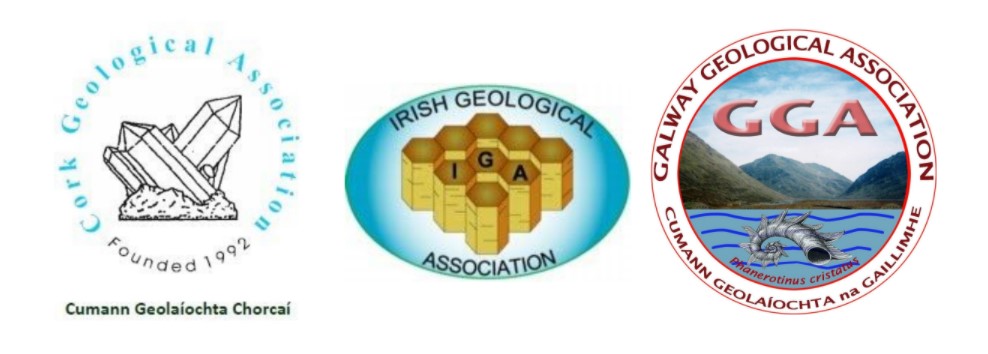Joint Geological Associations Lecture - 24 January @7pm
24/01/2024 19:00
24/01/2024 20:00
Museum 4, Museum Building, Trinity College Dublin/Online via Zoom
Trinity College Dublin/Zoom
Event Attendance Instructions

JOINT GEOLOGICAL ASSOCIATIONS LECTURE
From Seafloor Methane To Continental Flooding: Understanding the Palaeocene-Eocene Thermal Maximum and Global Climate Change
By Prof. Jerry Dickens
(Trinity College
Dublin)
Wednesday 24th January
@ 7pm
IN-PERSON & via Zoom
TO REGISTER
CLICK HERE
or e-mail info@geology.ie
ABSTRACT
Over a geologically brief interval about 56 million years ago, Earth's surface temperatures soared by 6 °C, massive amounts of carbon dioxide entered the ocean and atmosphere, and ecosystems evolved dramatically. This event was the Palaeocene–Eocene Thermal Maximum (PETM) and is now widely acknowledged as our best past analogue for future anthropogenic climate change. Remarkably, however, its very existence presents major conceptual challenges. Our understanding of the PETM remains problematic through a combination of incomplete models, misinterpreted records, and scientific bias. In particular, carbon cycle models need to include methane in seafloor sediment and climate models need to include a greatly accelerated hydrological cycle. Geological records across the PETM need to be re-examined with these factors in mind.
BIOGRAPHY
Gerald (Jerry) Dickens holds the 1843 Professor of Geology and Mineralogy at Trinity College Dublin's School of Natural Sciences. He is currently Head of Geology. Over the past 25 years his research and teaching have focused on the chemistry of sediment and sedimentary rocks, particularly that which has accumulated in the marine realm. Professor Dickens has published nearly 150 papers with students and colleagues. He has been chief editor of Paleoceanography, GSA Today and Geology, and a JOI/USSAC and American Association of Petroleum Geologists Distinguished Lecturer. He has sailed on seven International Ocean Drilling expeditions, including as co-chief scientist to explore Zealandia. For his research, he has been elected a Fellow of the Geological Society of America and the American Geophysical Union.